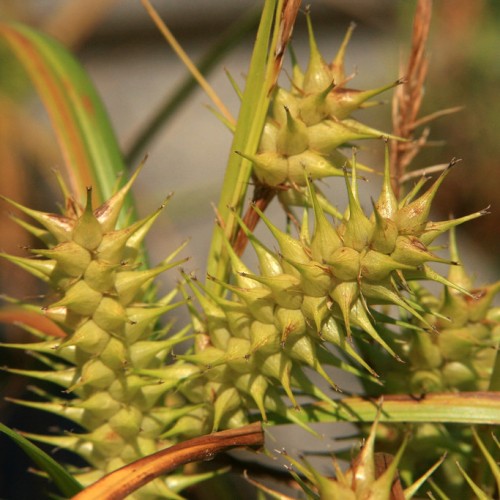
False Hop Sedge
Carex lupuliformis
Watering:
Frequent
Hardiness Zone:
Flowers:
Flowers
Sun:
Sun, Partial Shade
Soil:
Sand
Leaf:
Yes
Growth Rate:
Low
Drought Tolerant:
Yes
Salt Tolerant:
Yes
Care Level:
Medium
watering
Greenish White Sedge should be watered once a week, providing enough moisture to adequately hydrate the roots without completely saturating the soil. The amount of water should be moderate, about 1-2 inches per week. During dry or hot weather, it may be necessary to water a bit more frequently, but be sure to allow the soil to dry out before adding additional water. Additionally, it is important to avoid over-watering, so as not to cause root rot.
sunlight
The Greenish White Sedge (Carex longii) prefers partial to full shade, but can tolerate some sun if the soil is kept consistently moist. For optimal growth, this plant species needs 4-5 hours of direct sunlight throughout the day and can tolerate up to 6-7 hours of partial sun exposure. It is best to provide the plant with direct sunlight during the early hours of the day, such as from dawn to mid-morning, or during the afternoon when the sun is at its weakest. Direct sunlight during the peak hours of the day (10am-3pm) can cause the plant to dry out or become sunburned.
pruning
Greenish White Sedge (Carex longii) should be pruned in late winter or early spring, before new growth begins. Pruning helps keep the plant's form tidy and promotes bushier growth. Dead or diseased stems should be cut back to healthy tissue. For smaller hedges and accents, prune about 1-third of the stems to the ground. For taller hedges, prune lightly, removing only the top third of stems. Rejuvenation pruning can be done every 5 to 10 years by removing all of the stems to the ground. This encourages vigorous new growth.
